Planning Vertical Garden – Vertical Garden Design Considerations
Before going thorough the important points for planning vertical garden or vertical garden design considerations, its relevant to to talk what it is all about. Vertical garden is completely what its name says – it implies gardening on a vertical surface rather than on a horizontal. It is the best way to utilize space and growing plants, delicious fruits, vegetables, pretty flowers as well as reduce pollution level around its circumference. Vertical gardens look like living walls and are one of the hottest trends going on.
It has become a trend as it offers additional space to the dwellers and helps to manage it effectively. Nowadays, when there are space constraints vertical gardening is proving to be a blessing. It draws attention to a wall and also disguise a wall which is unattractive. It also creates privacy and hide unattractive views by attractive houseplants.
The best part is that vertical garden needs less maintenance than traditional gardening, it contributes to the environment by several ways. According to research, plants help to improve the air quality of outdoors and indoors by removing the volatile pollutants from the air. Growing plants on the vertical spaces like balconies and windowsills makes a difference.
Planning Vertical Garden
There are certain things needs to be addressed while planning, implementing and maintaining vertical gardens, we conducted a survey on few installed vertical gardens and found several issues are missed to address, which will cause disappointment for the efforts and investment made to build them:
First step, is decision on the purpose of vertical garden, for instance it is for general gardening or growing vegetables, for flowers or landscaping and air purification. Purpose will help to decide about the plants and growing medium.
Second step, is deciding the location, weather plants will be installed at outer sun facing wall, fencing, ground or indoors. Maintenance, types of plants, growing medium, irrigation and feeding method depends on the vertical garden location and environment.
Third step, is selection of plants, selecting adaptable plants is the most important step else after a weather change it will result disappointment.
Fourth step, is planning water systems, irrigation planning greatly depends on the sun light, type of plants and growing medium. Plants are sensitive and they completely depend on our care, placing them incorrectly or considering a big investment will settle them never works with nature.
Vertical garden planned with experience and scientific approach will have entirely different phenomenon, for the owner as well as environment.


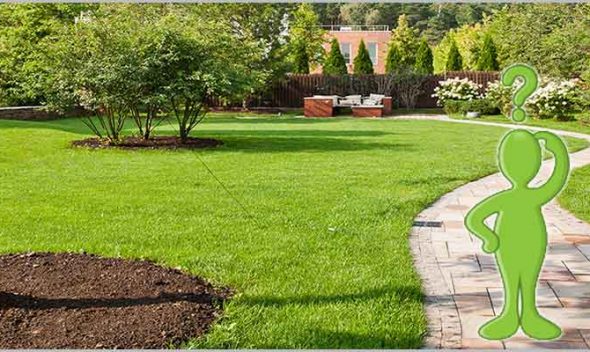
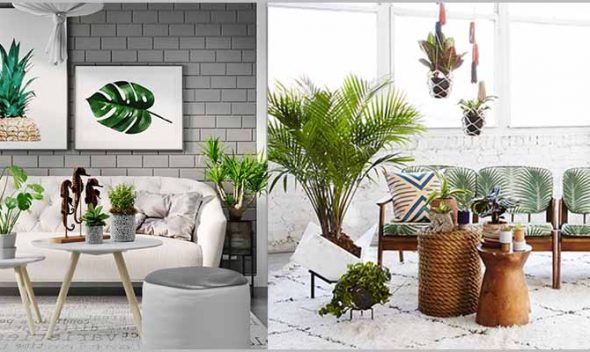
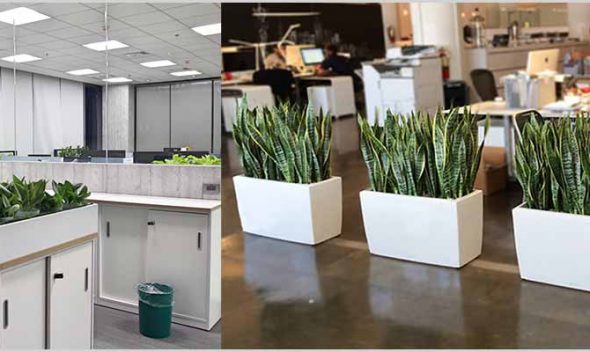

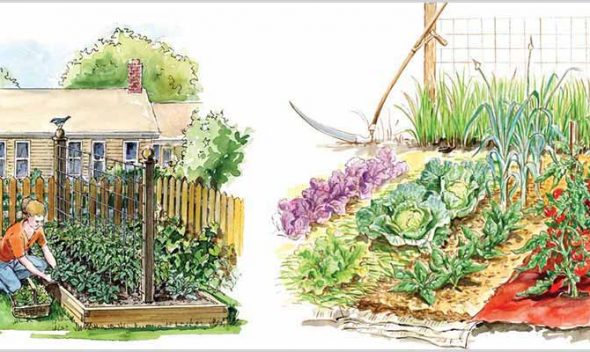
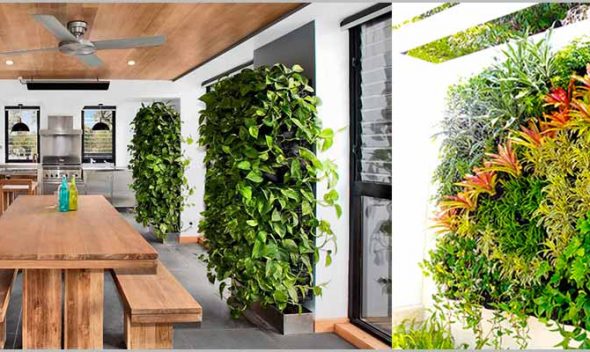
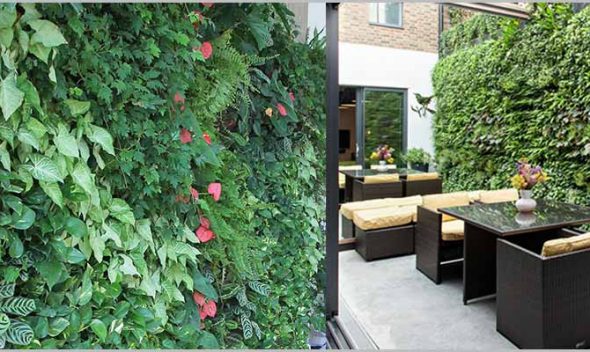


Leave a comment
You must be logged in to post a comment.